Yes, I’m a photographer. Yes, I love photographing people. Yes, I’m all about capturing moments. Natural, beautiful moments… but even I know that when it comes to photographing kids, it’s hard work. They move so quickly. They run away, they won’t stand in the places you want them to. What you think is a great moment doesn’t always look that way on your camera or on your phone. If you have ever tried to photograph your child, you’ll know exactly what I’m talking about!
But, all is not lost – there are things you can do to help you take photos and capture those memories forever.
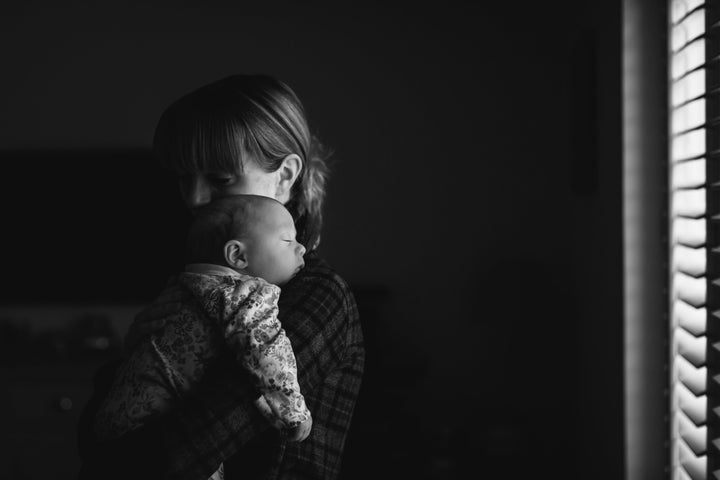
1. Find the light
All photography is about LIGHT. It is the single most important thing you need to understand to ensure your photos turn out beautifully. Finding great light is easy once you learn what to look for. If you are indoors, turn off all the lights in the house or room and look for where you can see light or patches of light. It’s normally coming in through a door or window. Window light is beautiful and subtle, and makes for gorgeous photos. If your kids are playing in this type of light – grab your camera and watch the magic happen.
Even if your kids are playing outside, watch the light. Where does it fall, where are the shadows? It’s really hard to photograph in bright sunshine. Afternoon or evening light is the best time. Don’t be put off by cloudy days either, the light is even and you can just have fun with moments. And TRY not to use your on-camera pop-up flash or the flash on your phone. It’s normally overly harsh and not at all flattering.
2. Moments over everything
Moments are everything. When you look back on your childhood, is it the nice hair and clean clothes you think about? No. You think about Christmases, opening presents, laughing so hard you cry, arguments with your siblings, messy bedrooms. It isn’t the perfect you remember. It’s the beautifully imperfect moments that last a lifetime.
So when taking photos of your children, you don’t have to make it the perfect, posed image – just make it real, authentic and fun.
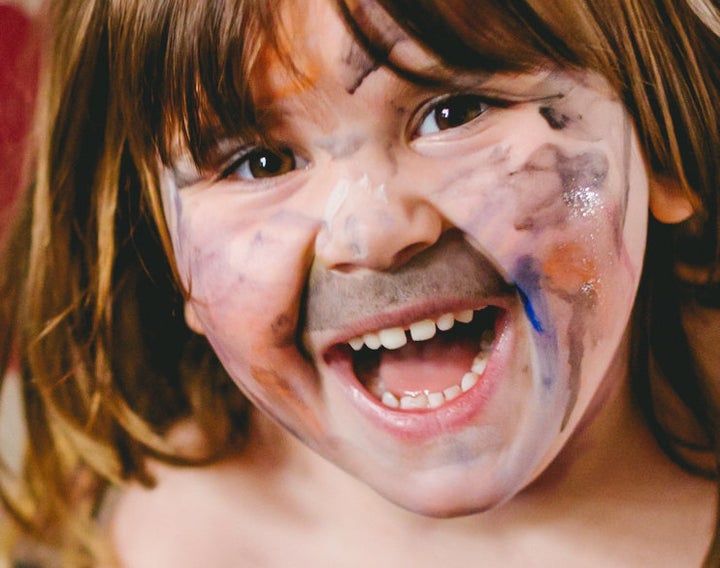
3. Understand basic composition
Great photo taking is a mastering of the holy trinity of light, moment and great composition – once you have all three, you have a great photograph.
Here are a couple of simple compositional elements that you could try:
Rule of thirds. Imagine a grid across your image (some cameras actually have a grid that overlays your image on screen). The rule of thirds are the sections where the lines intersect. Placing your focal point in these sections makes for a more interesting photo, as opposed to in the middle which can be a bit dull.
Negative space. Leavings lots of clean space around your subject can lead to a really interesting image. Fill the frame. Get close up, don’t be afraid to use all edges of your photo.
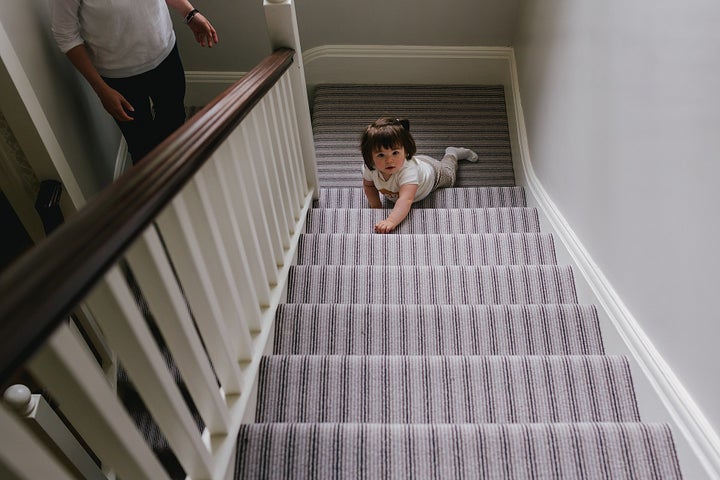
Use different angles. Get down low or up high – looking down. And particularly when photographing children it’s great to get down on their level – to see the world from their point of view. Different angles create more interest and add to the story you are telling.
Silhouettes. If your background is lighter than your intended subject then you can create silhouettes. Great for outdoors and even better if you can make shapes with your silhouette!
Layering. Shooting through multiple objects or people is called layering and is a great way to add depth and drama to your image. It’s also a great way to hide from your kids and so they think you aren’t photographing them!
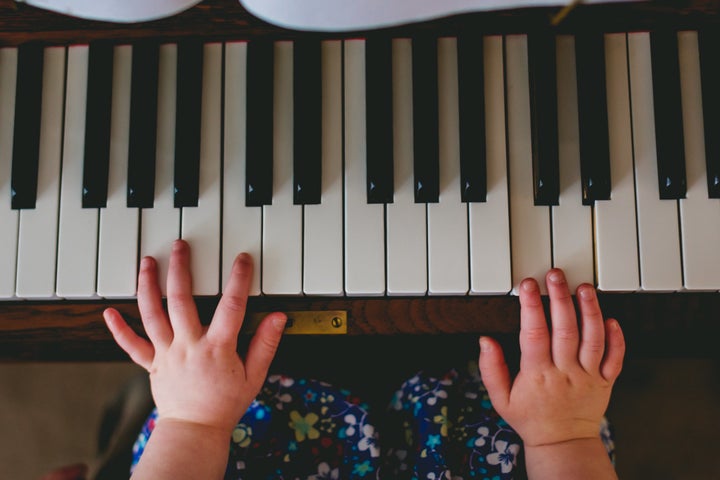
Hands and feet. To take an interesting picture – remember that the image doesn’t always have to involve their faces. You can tell the story of what it happening just by photographing their hands, or feet or something even more abstract, this gives the viewer enough insight into what is going on to tell the story.
4. Choose your weapon!
The saying goes that the best camera is the one you have on you! Whether it be a camera on your phone, or a top-of-the-line pro camera – just make sure you know how to use it. Spend some time getting to know how it works. Find out how it captures light in different situations. Is the shutter slow? Can you shoot in continuous mode? Spend some time with it and work it out and don’t be afraid to use the manual if you need too! As ice hockey legend Wayne Gretzky once said, “you miss 100% of the shots you don’t take.”
5. The power of observation
Some of the best moments come from when your children are just left to their own devices. It also helps if your camera, or your taking a photo, is not made a big deal of. Get them used to you having a camera in hand. Think of yourself as The Photographer. Watch. Observe and let them BE. It could be playing with car keys, eating spaghetti, running wild, building with bricks. Watching without interacting allows their personalities to shine through.
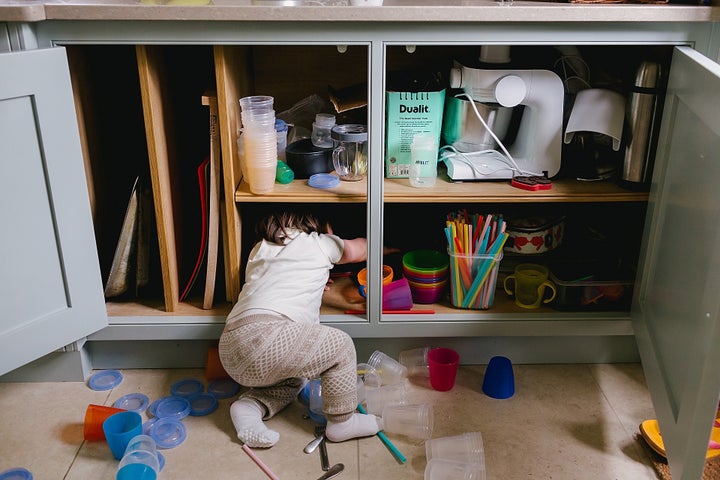
6. Learn to edit your photos
Learning how to edit your photos well will definitely take your photography to a whole new level. There are countless phone apps you could try, and if you are feeling a bit more technical you could even try using pro software like Adobe Photoshop or Adobe Lightroom. But any packages that can adjust brightness, add contrast, decrease or increase shadows and highlights, and sharpen – will massively improve your images.
Try snapseed on mobiles or Capture One, Adobe Photoshop or Lightroom on Macs and PCs.
7. Print your photos
In this day and age of living online – printing your images has to be the most important thing you can do for holding onto to your memories. If you think about how far we have come in the last 10 years alone, who knows where technology will have us in 10 or 50 years time? Lots of my images are on a CD or DVD and yet my computer no longer has a DVD drive! So having something tangible and real is incredibly powerful.
And it’s always good to remember when taking photos – as the master of candid photography, Henri Cartier Bresson, said: ‘Your first 10,000 photographs are your worst!’.
So keep snapping and enjoy the learning journey!